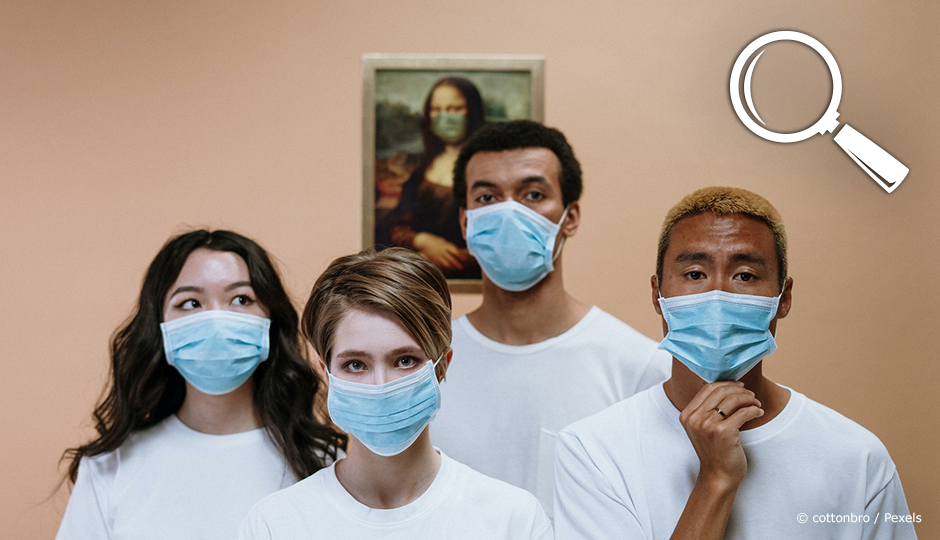Auteur : Agence Science Presse - Maxime Bilodeau
Face coverings are recommended more than ever to fight COVID-19. But the debate on whether they hinder breathing is resurfacing. The Rumour Detector looked into studies of workers, and even athletes, to see what they said.
The origin of the belief
Florida is breaking records these days for new COVID-19 cases. Some Florida residents recently expressed dissatisfaction with the possibility they’d be required to wear masks in public places where physical distancing is difficult. Both there and in Québec, some even claim that wearing a mask is a serious health risk. That’s because it supposedly “reduces the blood oxygen level” and exposes people to “excessive carbon dioxide levels”. Some even talk about cerebral hypoxia and hypercapnia, an increase in partial CO2 pressure in the blood. This belief had circulated in other forms last May and was debunked in several languages. Memes also circulated, startling people who were accustomed to wearing masks all year round.
The facts
For a long time, many workers have been required to wear a procedure mask (N95, P100...) in performing their duties. That’s especially the case in healthcare and construction. There have been many peer-reviewed studies of these workers, going back decades. None mentions hypoxia linked to wearing a mask. And none mentions a higher death rate among these workers.
A literature review published in 2016 looked into the various physiological measures that could be influenced by wearing respiratory protection. The heart rate, one of the most widely studied parameters, seems to show little increase in the different studies.
This means a masked individual’s heart didn’t have to make an additional effort to supply the body with oxygenated blood.
In a small study published in 2013, 20 participants in their twenties had to make a moderate effort for one hour on a treadmill (5.6 km/h). The researchers presented their conclusions on wearing a N95 mask, regardless of the type (with or without a valve). They found this had a minimal effect on heart rate and respiratory frequency, compared to a situation without a mask. The authors added that these small increases generally are tolerated well by healthy people.
Although the studies didn’t go that far, it can be assumed that the difference compared to a homemade mask would be negligible, if any. It’s essential to remember that a mask doesn’t stop air from getting through. An oxygen molecule is small enough to pass through the mesh. The purpose of the mask is to stop the droplets that may contain viruses. On the microscopic scale, these droplets are much bigger than an oxygen or CO2 molecule.
Some scientists conducted tests in response to the many messages they saw on social media. On June 23 in South Carolina, Dr. Megan Hall posted photos of herself wearing four different masks and a blood oxygen and heart rate measuring device. This small device, an oximeter or saturometer, is placed on the fingertip. The measurements were practically identical, between 98% and 99%. (A normal blood oxygen level is traditionally estimated at 95% to 100%). “Keep in mind, immediately prior to this, I had been wearing the surgical mask for 5 hours,” Dr. Hall said.
In Québec, Dr. Alain Vadeboncoeur recalled a similar experiment in a post on July 7. With a mask, without a mask, or with a visor, his oxygen rate always stayed between 98% and 99%.
Verdict
Oxygen molecules pass through the mesh.






